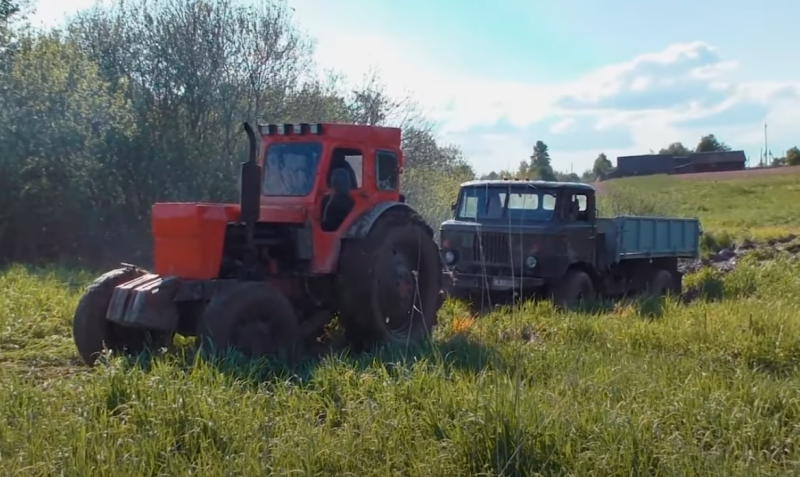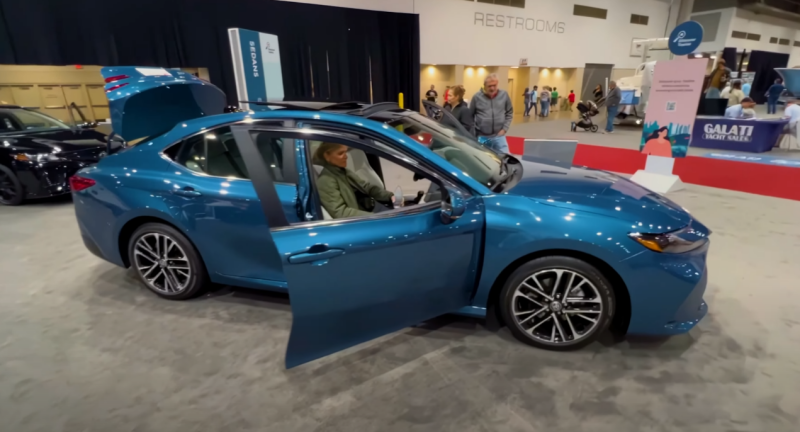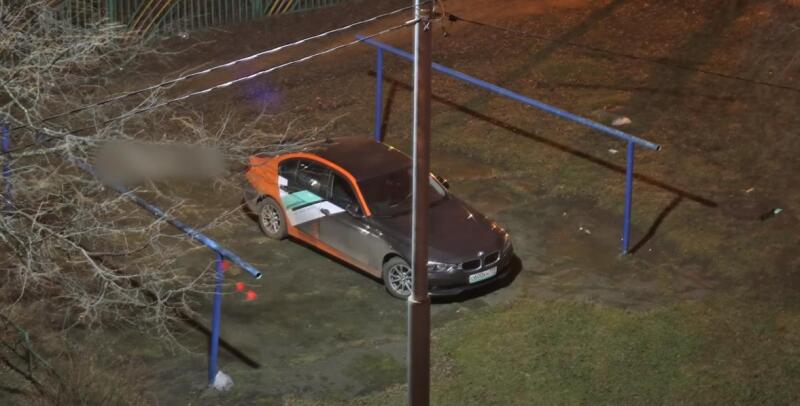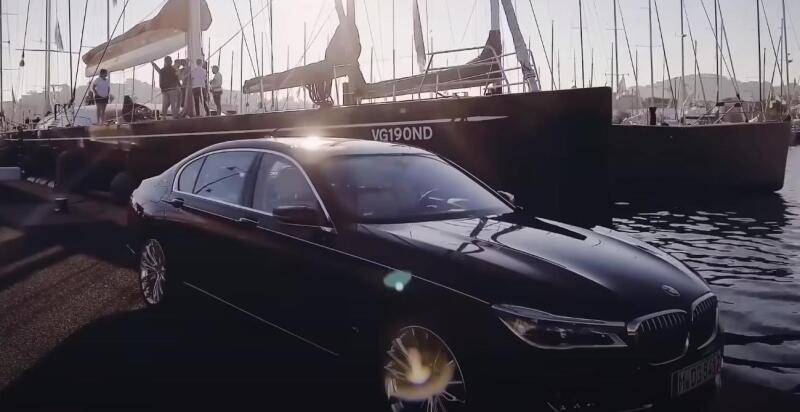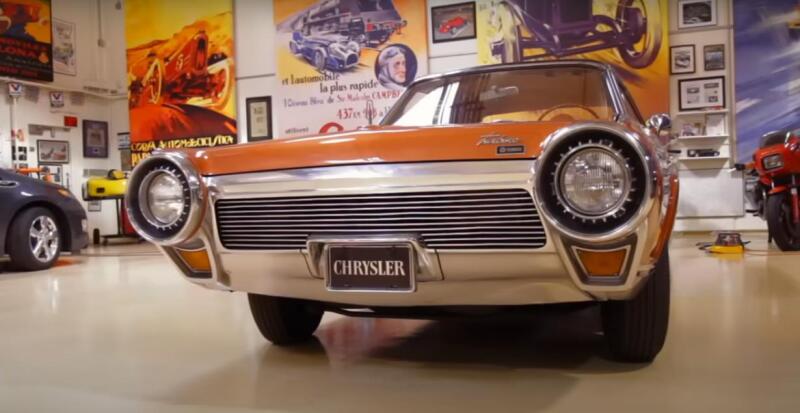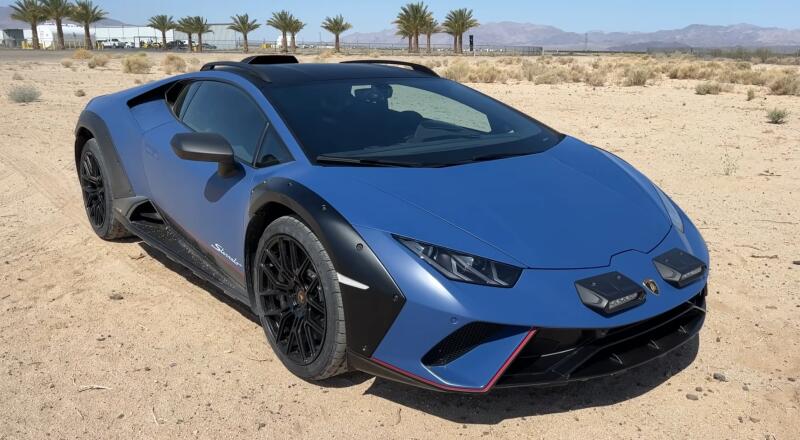Such recognized leaders as South Korea, Japan and Germany are among the top six. But they occupy only the last three places in it. Who then is the leader in this indicator? If you are not familiar with statistics, then you will be very surprised.
 By the production of cars per capita, their leaders. Photo: youtube.com
By the production of cars per capita, their leaders. Photo: youtube.comIn third place is the state from the former socialist camp, demonstrating the highest dynamics of economic development. This is little Slovenia, part of the former multinational Yugoslavia. It is probably not very difficult for them to break into the "bronze" leaders, because the population of the Balkan state is slightly more than 2 million. But ahead are those who used to be together, and 30 years ago experienced a “velvet” divorce.
I'm talking about the Czech Republic and Slovakia. Moreover, the latter (considering that they are almost twice inferior in terms of population) are the long-term world leader on the issue under consideration. And the total number of cars produced by Slovak factories since 2015 has not fallen below 1 million annually. Well, it's time to consider the Slovak phenomenon.
Humble beginnings are not a hindrance
It is worth remembering what brand of Slovak car do we know? Correct answer: none. And although we are talking about the period of the existence of a single Czechoslovakia, and even then there were world-famous Skoda, Tatra and much more. But the Slovaks had almost nothing to do with this. The automotive industry developed in the country was concentrated on the territory of the Czech Republic, but the "younger" brother got only the remnants.
 Managed to collect here and such models. Photo: youtube.com
Managed to collect here and such models. Photo: youtube.comBy the latter, I mean the only full-fledged automobile plant in the whole country in Bratislava. And even then, because it did not conduct any of its own developments. On the one hand, the automobile company was created to show that the Slovaks were not infringed on technically. On the other hand, to play the role of auxiliary capacities of the Skoda concern. It was from this modest branch of the legendary brand that the amazing history of the Slovak automobile industry began.
We have already written dozens of materials about how many glorious projects and factories were destroyed by the crisis of the 90s. And it really is. But in Czechoslovakia, everything happened exactly the opposite. The already mentioned Skoda, thanks to the investments of the German Volkswagen, has turned from a successful local company into an international one. The "German" trace is clearly visible in the Slovak prosperity.
The fall of the communist system led to the fact that in 1991 the controlling stake in the Bratislava Automobile Plant was bought out by the enterprising owners of the same Volkswagen. It is to them that the honor of the first step on the path of the Slovaks to world leadership in the production of cars per capita belongs.
The guys quickly realized that assembly in Slovakia would make the cost of cars much cheaper. After all, labor costs and other expenditure indicators in a small Central European state are noticeably lower. And given the fact that the same German auto giant was in charge in the neighboring country, we managed to establish the necessary communication very quickly. In the city on the Danube, for the first decade of work, they mastered the production of several car models and brands:
✅ Skoda
✅Volkswagen Passat
✅ Volkswagen Touareg (both models are first generation)
✅ Porsche Cayenne
The next step was the installation of the Audi Q7 on the factory conveyor. At the beginning of the new millennium, no one doubted that Volkswagen Slovakia was a very successful project. This led to the fact that the size of the plant constantly grew. Today, the company is one of the largest in Europe in its field, covering an area of approx. 1,8 million sq. m.
What criteria contributed to success?
And now is the time to reflect on what allowed the Slovaks to “shoot” so unexpectedly? There were several reasons, and a serious investor is only one of them. Everything else already depended on the promptness of local officials.
 Volkswagen Passat - the Slovak ascent to Olympus began with it. Photo: youtube.com
Volkswagen Passat - the Slovak ascent to Olympus began with it. Photo: youtube.comProbably, many of you know about the ordeals of the post-Soviet period, which all automakers of the former USSR faced. Moskvich, Volga, Zhiguli, Zaporozhets - all these legendary brands turned out to be unclaimed in the newly formed states. The new owners tried frantically to correct the situation, but lost to foreign intervention on all fronts. Most had to just shut down.
But the Slovaks immediately attracted a reliable investor who was able not only to stabilize the situation, but also to bring production to a new level. They lingered for several years and there would be nothing to privatize. A good example of this is our car factories that have gone into oblivion and the complete desolation of their territory and equipment.
Another positive moment was the production of promising models. After all, if old rear-engined Skodas were assembled in Bratislava, they would not go far. In general, sometimes stepping on the throat of your own song, you can make noticeable progress. I mean the launch into production, albeit someone else's, but a promising and sought-after model. So competitive products breathed a new spirit into the Slovak auto industry.
Successful development and new investors
Everyone understands that in addition to benefits for the local auto industry and advertising for Slovak production facilities, what was happening had other consequences. Each businessman, investing, hopes for profit. And the Germans did just fine with it. Plus - the interest in the success of the Slovak side itself was clearly visible. Instead of "spike in the wheel", they created the most comfortable conditions for a foreign investor.
 Citroen C3 is the undisputed leader of the French assembly line. Photo: youtube.com
Citroen C3 is the undisputed leader of the French assembly line. Photo: youtube.comThis did not escape the gaze of other auto giants. Many realized that the assembly on the Slovak territory is a very promising investment. But what if the main areas in a small country have long been occupied by a German enterprise?
As it turned out, in the 70th Trnava, there were also small areas from the former auxiliary car company. Negotiations began with the French, which were successfully completed. Since 2003, these production facilities have been at the disposal of Peugeot Citroen. But the remains of a modest technical zone seemed unsuitable to the new owners. Therefore, three years later, other assembly shops grew up near the city.
The new enterprise has provided jobs for several thousand local residents. Although, to be precise, it is worth adding several times more subcontractors to this number - suppliers of components for the products of the new automobile plant. The main models produced are:
✅ Citroen C3 Picasso (from 2008 to 2017 collected more than half a million copies)
✅ Citroen C3 (since 2016)
✅ Peugeot 208 (more than 2012 million cars have been produced since 1)
Two-thirds of the factory capacity is currently used to assemble the Citroen C3, and 9 out of 10 assembled cars are exported. In general, the sale of assembled cars abroad accounts for more than a third of the country's total export potential.
 And such cars can receive the mark “made in Slovakia”. Photo: youtube.com
And such cars can receive the mark “made in Slovakia”. Photo: youtube.comIn recent years, other assembly facilities have appeared in Slovakia. Since 2004, Koreans have entered the local market under the flag of Kia Motors. The latest in 2018 was the Jaguar Land Rover. Although in 2022, against the backdrop of a global trend, car production in the country decreased slightly, it remained within 1 million units.


